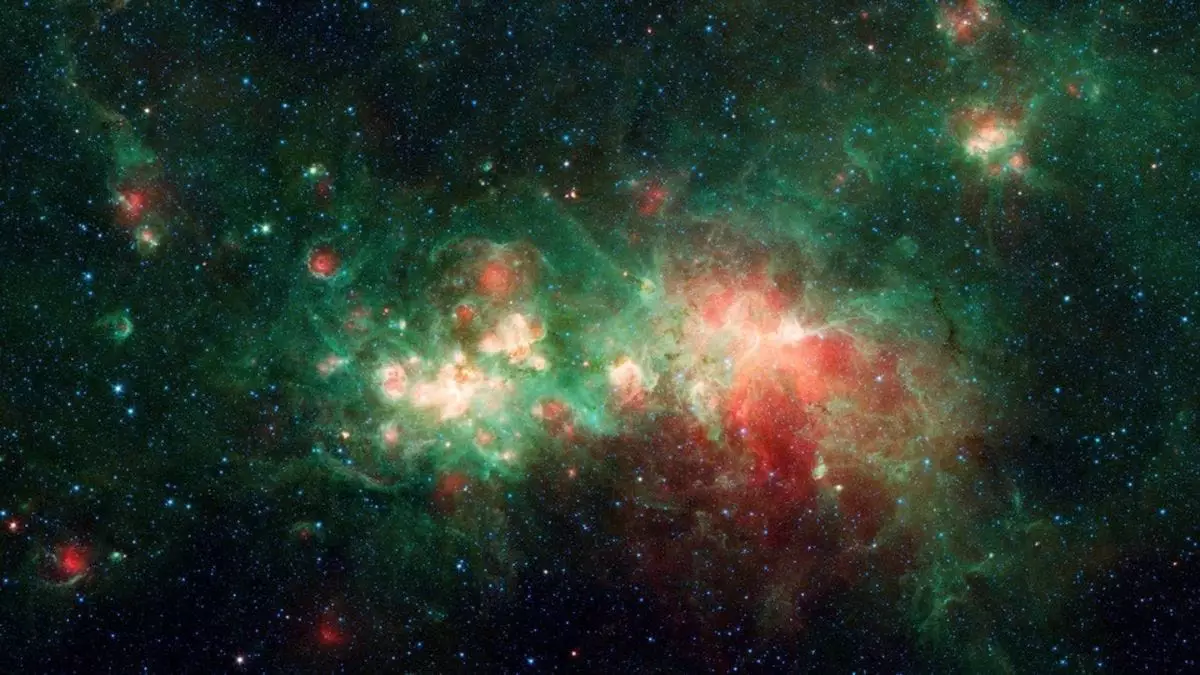Recent scientific research suggests that our understanding of the universe’s evolution may be more intricate than traditional models have proposed. A team from the University of Pennsylvania, led by Joshua Kim and Mathew Madhavacheril, recently published their findings, shedding light on discrepancies within the expected distribution of cosmic structures. Their investigation draws on comprehensive data from the Atacama Cosmology Telescope (ACT) and the Dark Energy Spectroscopic Instrument (DESI), blending insights from both early and more recent cosmic epochs.
The research effectively merged datasets from two pivotal cosmic surveys. ACT focuses on the cosmic microwave background (CMB), which provides a window into the universe’s infancy, approximately 380,000 years post-Big Bang, while DESI captures a three-dimensional map of millions of luminous red galaxies (LRGs). By integrating these datasets, the researchers aimed to create a holistic perspective on cosmological evolution, bridging ancient cosmic phenomena with more modern galaxy distributions.
The synergy between these two methodologies reveals new possibilities for understanding how matter clusters within the universe. Analysis of the clumpiness of cosmic structures utilized a metric known as Sigma 8 (σ8), which quantifies density fluctuations. The findings indicate a lower-than-anticipated σ8 value, suggesting that the clustering of matter diverges from predictions based on established early-universe theories.
The implications of this discovery could be significant. While the research largely supports Einstein’s gravitational framework, the noted inconsistency invites contemplation about whether current cosmological models fully encompass the complexities of cosmic structure formation. Mathew Madhavacheril stressed that the discrepancies may not yet be statistically significant but certainly merit further exploration. One potential factor influencing these complexities could be dark energy, a mysterious force accelerating the universe’s expansion. Its effects on cosmic structure could differ from established predictions, warranting in-depth scrutiny.
As researchers move forward, upcoming astronomical tools like the Simons Observatory promise to refine these measurements. The scientific community is poised for a deeper inquiry into whether the noted discrepancies are mere anomalies or indicative of previously unconsidered physical phenomena within the cosmos. By gathering and analyzing additional data, scientists hope to illuminate whether these findings will lead to revolutionary changes in our understanding of cosmological frameworks.
The latest inquiry into cosmic evolution underscores the importance of continually examining established scientific principles. As we engage with the mysteries of dark energy and cosmic structure, new investigations may reshape our foundational knowledge of the universe’s grand design. The quest for understanding the cosmos is far from complete; it is a journey that continues to evolve, hopefully bringing forth insights that could redefine our grasp of the universe itself.


Leave a Reply